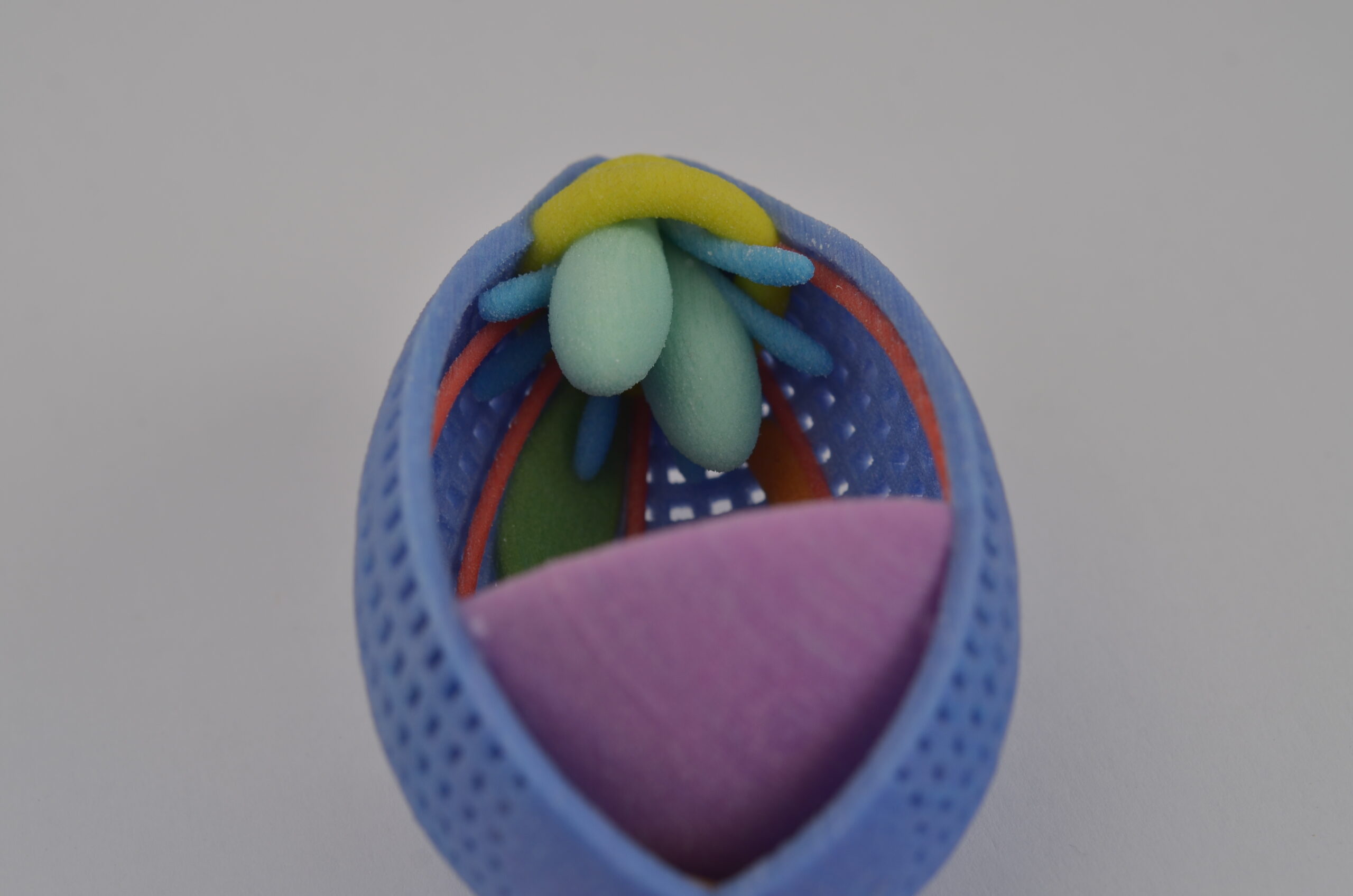
The research has identified a molecule in Plasmodium falciparum, called PfSET10 that plays a role in the genetic control of the membrane protein PfEMP1 (Plasmodium falciparum erythrocyte membrane protein 1). PfEMP1 is a surface membrane protein which enables the parasite to adhere to the lining of the host blood vessels, and has a variant genetic code ensuring a percentage of the parasites remain undetected.
The identification of PfSET10 and it’s specific localisation to the gene expression site for PfEMP1 variation, is a step towards unravelling exactly how P. falciparum is able to hide from the immune system.
Publication
Volz et al. PfSET10, a Plasmodium falciparum methyltransferase, maintains the active var gene in a poised state during parasite division. Cell Host Microbe. 2012 Jan 19;11(1):7-18. doi: 10.1016/j.chom.2011.11.011.



